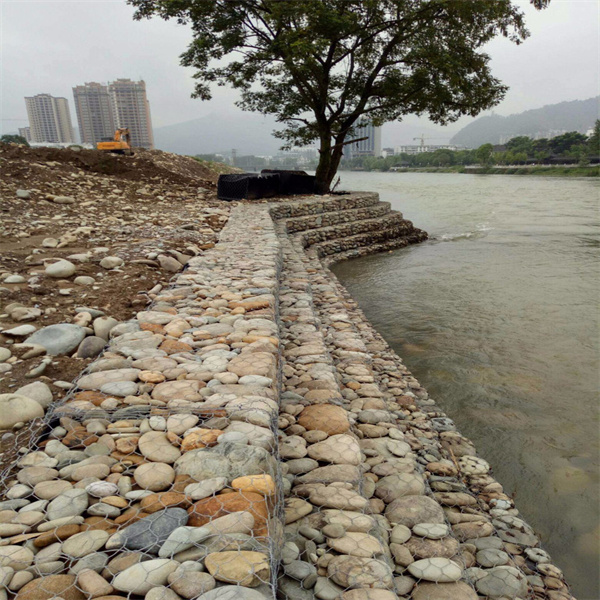Dàmh . 17, 2024 16:38 Back to list
china gabion wall drainage
The Importance of Drainage in China Gabion Walls
Gabion walls are a popular choice for various engineering and landscaping applications, particularly in China, where the natural environment poses unique challenges. These walls, constructed from wire mesh filled with rock or other materials, offer numerous advantages, including ease of construction, cost-effectiveness, and robustness. However, one critical aspect that must be thoroughly considered when designing and implementing gabion walls is drainage. Proper drainage is essential for the longevity and effectiveness of these structures, preventing potential failures and ensuring stability.
Structural Integrity and Erosion Control
In regions where heavy rainfall and flooding are common, the risk of soil erosion increases significantly. Gabion walls act as barriers that help to control this erosion; however, if water pressure builds up behind the wall due to inadequate drainage, it can lead to structural failure. Water accumulation can saturate the soil, ultimately causing a landslide or collapse of the wall. Therefore, integrating effective drainage solutions into gabion wall design is crucial.
Types of Drainage Solutions
There are several strategies to enhance drainage for gabion walls. One common method is incorporating drainage pipes or weep holes within the wall structure. These allow excess water to escape, thereby reducing hydrostatic pressure. The placement of these drainage features must be strategically planned during the design phase to ensure that they are effective in managing water flow.
Another technique involves layering the backfill material with a combination of porous and non-porous materials. A well-designed backfill that facilitates water flow can significantly reduce water retention behind the wall. Additionally, the use of geotextiles in conjunction with gabions can help filter sediments and prevent clogging, allowing for unobstructed water drainage.
china gabion wall drainage

Environmental Considerations
Incorporating drainage systems is not just about maintaining the structural integrity of the wall; it is also about protecting the surrounding environment. In China, where many gabion walls are constructed near rivers and lakes, improper drainage could lead to contamination of water bodies due to erosion and sediment displacement. A well-drained gabion wall minimizes the risk of silt and pollutants entering natural water systems, promoting a healthier ecosystem.
Regulatory Standards and Maintenance
Given the significance of proper drainage in gabion wall construction, adherence to local regulations and standards is vital. In China, various industry guidelines dictate the design and implementation of engineering structures, including the necessity for effective drainage systems. Compliance with these regulations not only ensures safety and durability but also contributes to sustainable development practices.
Regular maintenance is equally important. Inspecting gabion walls for signs of water retention or erosion can help identify potential issues before they escalate. Clearing drainage pipes and weep holes of debris ensures that water can flow freely, reducing the likelihood of pressure buildup behind the wall.
Conclusion
In summary, the role of drainage in the construction of gabion walls in China cannot be overstated. Effective drainage systems are essential for maintaining the structural integrity of these walls, preventing erosion, and protecting the surrounding environment. By integrating appropriate drainage solutions and adhering to regulatory standards, engineers can ensure the successful implementation of gabion walls that stand the test of time. With concerted efforts in planning and maintenance, these structures can provide reliable support in various applications, from flood control to landscaping, throughout the diverse landscapes of China.
-
Transform Your Outdoor Space with Gabion Fences
NewsApr.01,2025
-
The Versatility of Gabion Baskets for Your Projects
NewsApr.01,2025
-
The Importance of a Protective Net Sleeve for Your Valuable Investments
NewsApr.01,2025
-
The Benefits of Gabion Walls for Your Next Project
NewsApr.01,2025
-
Gabion Baskets
NewsApr.01,2025
-
Discover The Benefits of Protective Nets
NewsApr.01,2025
-
The Essential Guide to Gabion Supplies
NewsMar.12,2025






